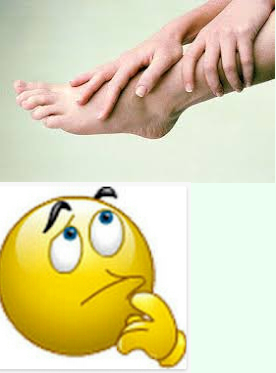
Lymphedema of lower limbs: current treatment Lymphedema Lower Limbs

In recent years there has been an important evolution in the treatment of lymphedema with the development of new treatment techniques, new materials and new concepts. Currently, manual lymphatic therapy, mechanical lymphatic therapy and cervical lymphatic therapy are the main advances. Today, it is possible to propose the normalization or almost normalization of all clinical stages of lymphedema, including clinical stage III (elephantiasis). Therefore, bringing one of the greatest advances in these decades.
In the treatment of any disease, the first step of the doctor is to have the diagnosis defined. Then define the form of treatment and, in the case of lymphedema, how the work team will act, seeking the best treatment strategy. Finally, ensure patient compliance with the proposed treatment. It is warned that it is essential to adapt the treatment to each patient and supervise the results.
Regarding the diagnosis, we can define whether it is primary, secondary or mixed (new concept by Godoy & Godoy); then if it is primary in terms of age; if it is secondary with a hypertensive pattern (new concept Godoy & Godoy) or not.
New concepts in the diagnosis (Godoy & Godoy) of mixed lymphedema are related when there is more than one pathophysiological process involved, both in relation to primary and secondary. In the hypertensive pattern according to Godoy when there is a proximal blockade of the lymphatic system.
Lymphedema is a chronic disease that cannot be cured, but the Godoy & Godoy method has proposed normalization or almost normalization in all cases today. As it is a chronic disease, there is usually no cure, so you must continue to maintain it to guarantee the results.
The great advance in recent decades is related to the treatment of elephantiasis of the lower limbs. It can be cured, because it is important to understand that the term elephantiasis relates only to a clinical stage and not the cause of lymphedema, mainly associated with the lower limbs.
The identification of new containment and compression materials allowed this advance in the treatment of lymphedema, both in reducing it and in maintaining the results. The biggest improvement is the stocking and sleeve made with grosgrain fabric adapted to clinical treatment. Most importantly, it is possible to maintain the results by following the treatment guidelines carried out by the team.
Currently, we have dozens of patients who had clinical stage III (elephantiasis) and today are in clinical stage 0, I and II. Patients over 11 years old are maintaining their results, a new life.
These new concepts require an important update from professionals to adapt to the new reality where the patient is the big winner.
Prof. Dr. José Maria Pereira de Godoy CRM-50739
Profa. Dra. Maria de Fátima Guerreiro Godoy CREFITO 1778